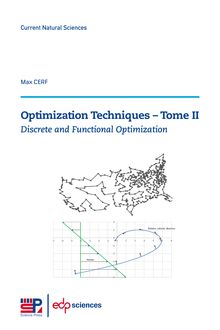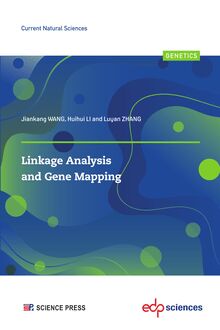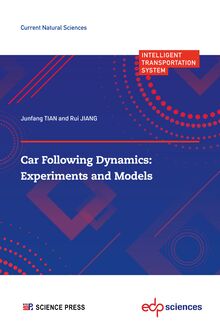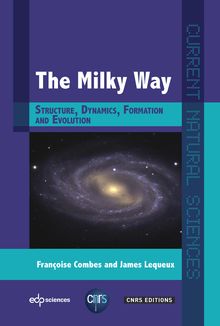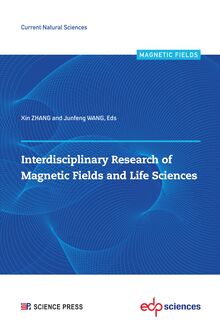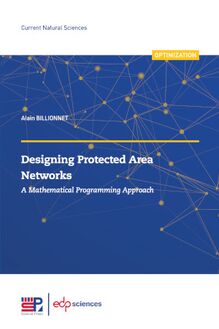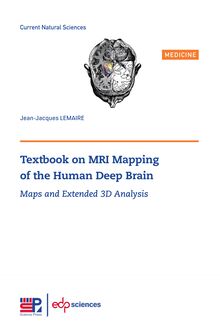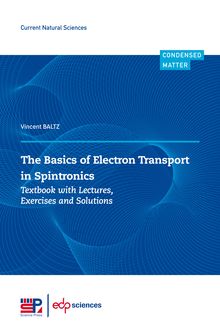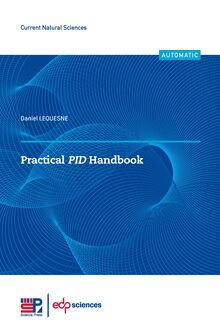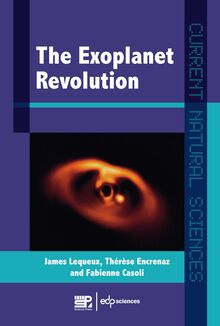-
 Univers
Univers
-
 Ebooks
Ebooks
-
 Livres audio
Livres audio
-
 Presse
Presse
-
 Podcasts
Podcasts
-
 BD
BD
-
 Documents
Documents
-
- Cours
- Révisions
- Ressources pédagogiques
- Sciences de l’éducation
- Manuels scolaires
- Langues
- Travaux de classe
- Annales de BEP
- Etudes supérieures
- Maternelle et primaire
- Fiches de lecture
- Orientation scolaire
- Méthodologie
- Corrigés de devoir
- Annales d’examens et concours
- Annales du bac
- Annales du brevet
- Rapports de stage
La lecture à portée de main
Découvre YouScribe en t'inscrivant gratuitement
Je m'inscrisDécouvre YouScribe en t'inscrivant gratuitement
Je m'inscrisEn savoir plus
En savoir plus

Description
The impact of Materials Science and Engineering on innovation in the field of components for low-carbon energy and transportation is considerable. Problems related to the durability of solutions, economic sustainability, are often strongly related to the choice of materials and their production process, which has a very important impact on performance during use all along the lifetime of the components. Therefore, the advanced manufacturing concept integrates the entire value chain, from eco-design to recycling, and even recycling at times, taking into account a number of environmental, social and resource management factors or energy sobriety. That is the systemic presentation that is the core of the AMETIS international school.
AMETIS school will focuses on three emerging processes, and on their possible synergies that can initiate innovations or incremental advances. After presenting an integrated vision of additive manufacturing, the latest advancements in surface engineering and nanomanufacturing technologies, the school will focus on the convergence of these technologies as a source of innovation for advanced energy manufacturing and transport.
Sujets
Informations
| Publié par | EDP Sciences |
| Date de parution | 03 juin 2021 |
| Nombre de lectures | 0 |
| EAN13 | 9782759825882 |
| Langue | English |
| Poids de l'ouvrage | 57 Mo |
Informations légales : prix de location à la page 1,0900€. Cette information est donnée uniquement à titre indicatif conformément à la législation en vigueur.
Extrait
-
 Univers
Univers
-
 Ebooks
Ebooks
-
 Livres audio
Livres audio
-
 Presse
Presse
-
 Podcasts
Podcasts
-
 BD
BD
-
 Documents
Documents
-
Jeunesse
-
Littérature
-
Ressources professionnelles
-
Santé et bien-être
-
Savoirs
-
Education
-
Loisirs et hobbies
-
Art, musique et cinéma
-
Actualité et débat de société
-
Jeunesse
-
Littérature
-
Ressources professionnelles
-
Santé et bien-être
-
Savoirs
-
Education
-
Loisirs et hobbies
-
Art, musique et cinéma
-
Actualité et débat de société
-
Actualités
-
Lifestyle
-
Presse jeunesse
-
Presse professionnelle
-
Pratique
-
Presse sportive
-
Presse internationale
-
Culture & Médias
-
Action et Aventures
-
Science-fiction et Fantasy
-
Société
-
Jeunesse
-
Littérature
-
Ressources professionnelles
-
Santé et bien-être
-
Savoirs
-
Education
-
Loisirs et hobbies
-
Art, musique et cinéma
-
Actualité et débat de société
- Cours
- Révisions
- Ressources pédagogiques
- Sciences de l’éducation
- Manuels scolaires
- Langues
- Travaux de classe
- Annales de BEP
- Etudes supérieures
- Maternelle et primaire
- Fiches de lecture
- Orientation scolaire
- Méthodologie
- Corrigés de devoir
- Annales d’examens et concours
- Annales du bac
- Annales du brevet
- Rapports de stage
